“Seldom have the Autocar test staff been so unanimous in their praise.
"Here is a bang-up-to-date sports car, not from a specialist but the world’s fourth-largest producer. By all that is sacred to the enthusiast, it has no right to be as good as it is. Yet judged objectively, it’s outstanding if not exceptional, not so much in what it does but in the way it does it.”
This came despite Fiat having barely altered the mechanicals of the 124 saloon, save for boring its ‘Lampredi’ four out from 1197cc to 1438cc and fitting a twin-cam head for 90bhp (although a lot of the gain was muted by the larger body and plusher cabin anyway). Yes, even the live rear axle stayed.
Power was peaky, flat at the low end, but we didn’t mind when “the gearshift is so good and the handling so near to perfection”.
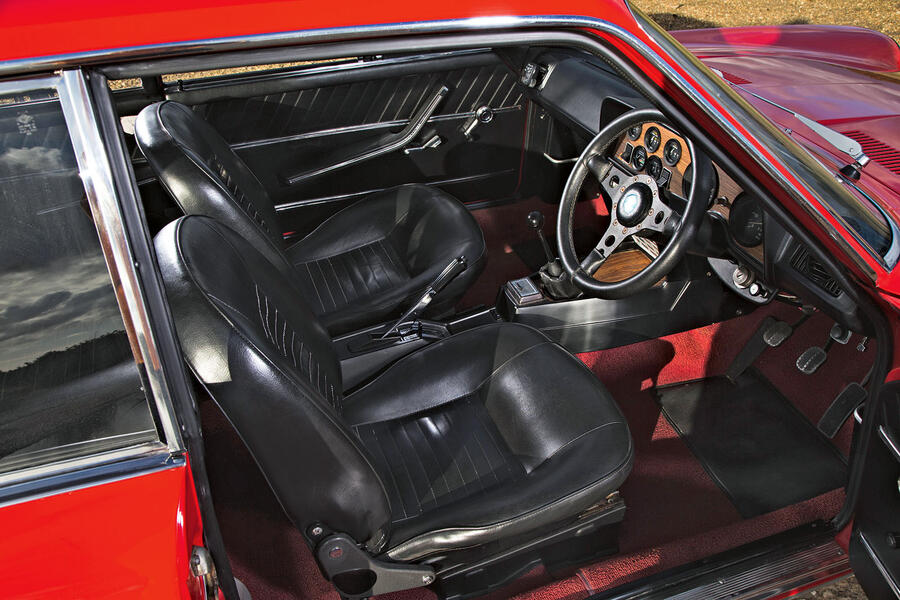
Roadholding was “out of this world” and there was “virtually no body roll” through corners. Try as we might, we couldn’t get the rear to unstick: we yanked the wheel towards the apex on track when the car was already drifting and it simply turned in tighter. “On public roads, it seems no corner can be taken too fast.”
Obviously ride was a secondary consideration. It was “very firm” over bad bumps and corrugations caused “an unpleasant joggling”.
To top it all off, it had sufficient rear accommodation for a family man and it cost only £1391, when the rival Lancia Flavia Coupé was £1602 (£20,160 and £23,220 today).
Morgan goes for V8 power
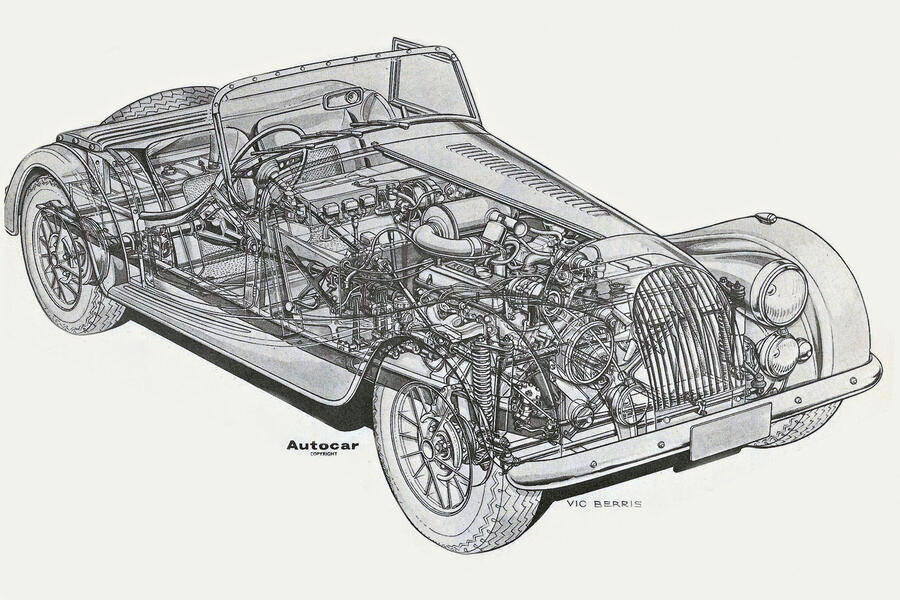
Ever since it had made its first four-wheeler in 1936, Morgan had used four-pot engines, but when Triumph dropped its venerable 2.2-litre unit, it took the chance to modernise a tad by buying in Rover’s new (well, Buick’s old) V8.
Along with this, the Plus Four was given a slightly larger chassis, extra rear spring travel and a slippy diff to become the Plus Eight, although the old-fashioned steering, suspension, gearbox and styling remained.
Our testers’ summary? “There’s a lot which could be better, but there’s an awful lot right.” Quite: the tail-happy roadster sold happily until the Rover V8 died in 2004.
The first ever in-car cassette player
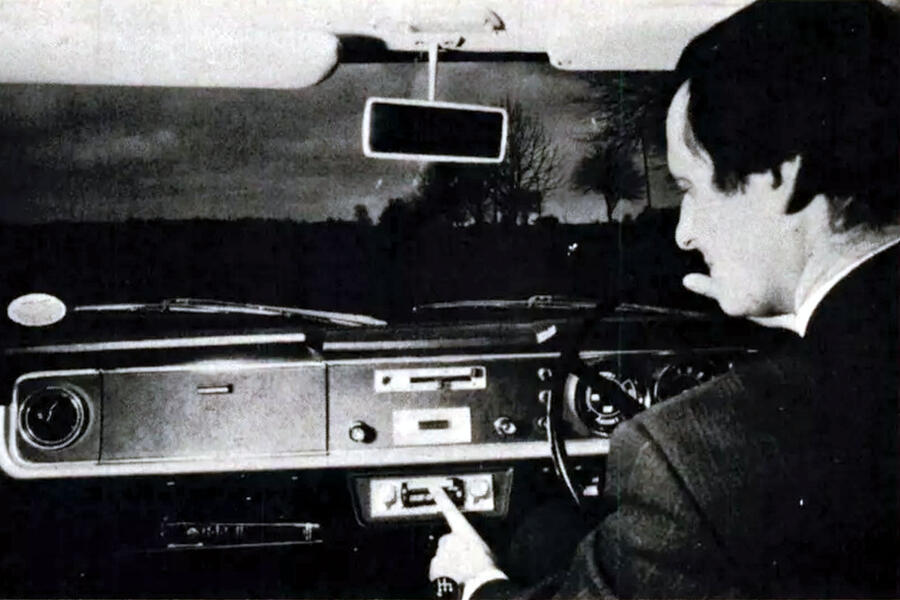
It wasn’t until the early 1960s that you could listen to your own choice of audio in your car, thanks to the four-track and then eight-track cartridge.
The latter was pushed by Ford and GM, but it was the Musicassette that democratised the idea, mainly due to its compactness and inventor Philips licensing it for free.
We marvelled when the Dutch firm launched the RN582, a combination of MW/LW radio receiver and tape player – the first such in-car head unit. We found it worked brilliantly – although so it should have, at £40 (£580 today).

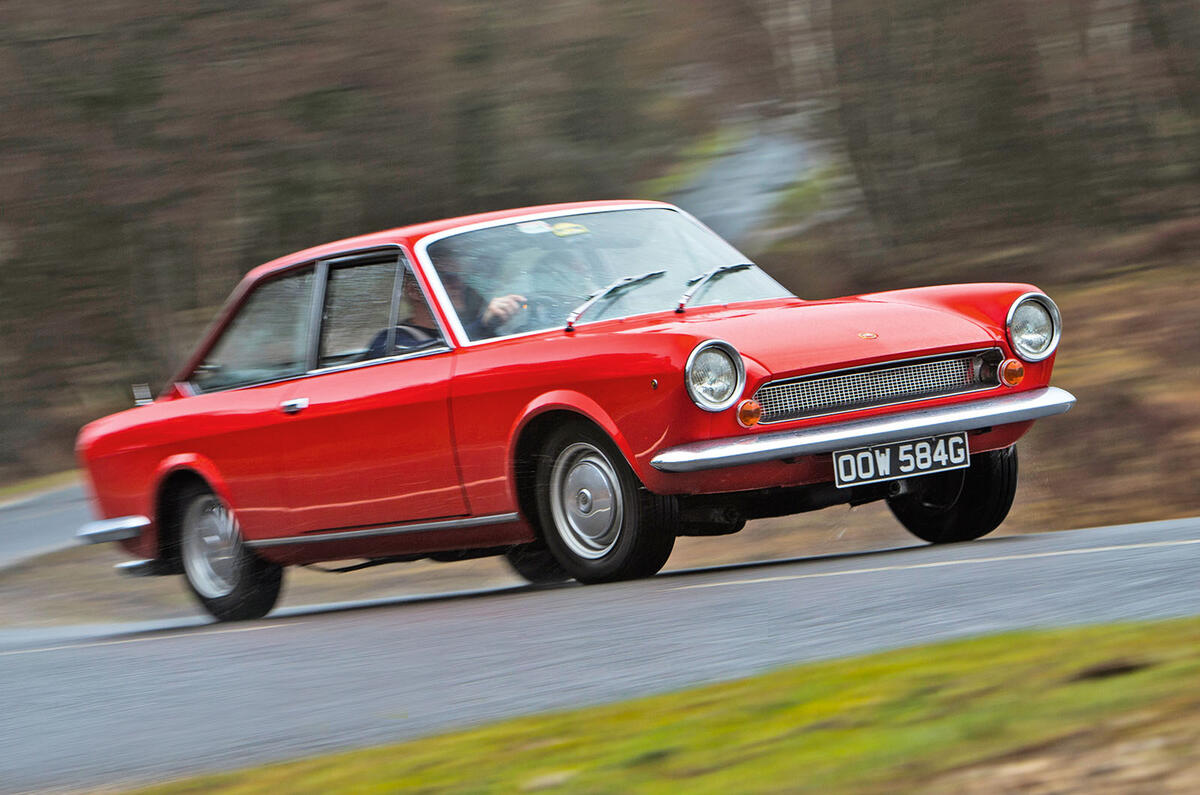
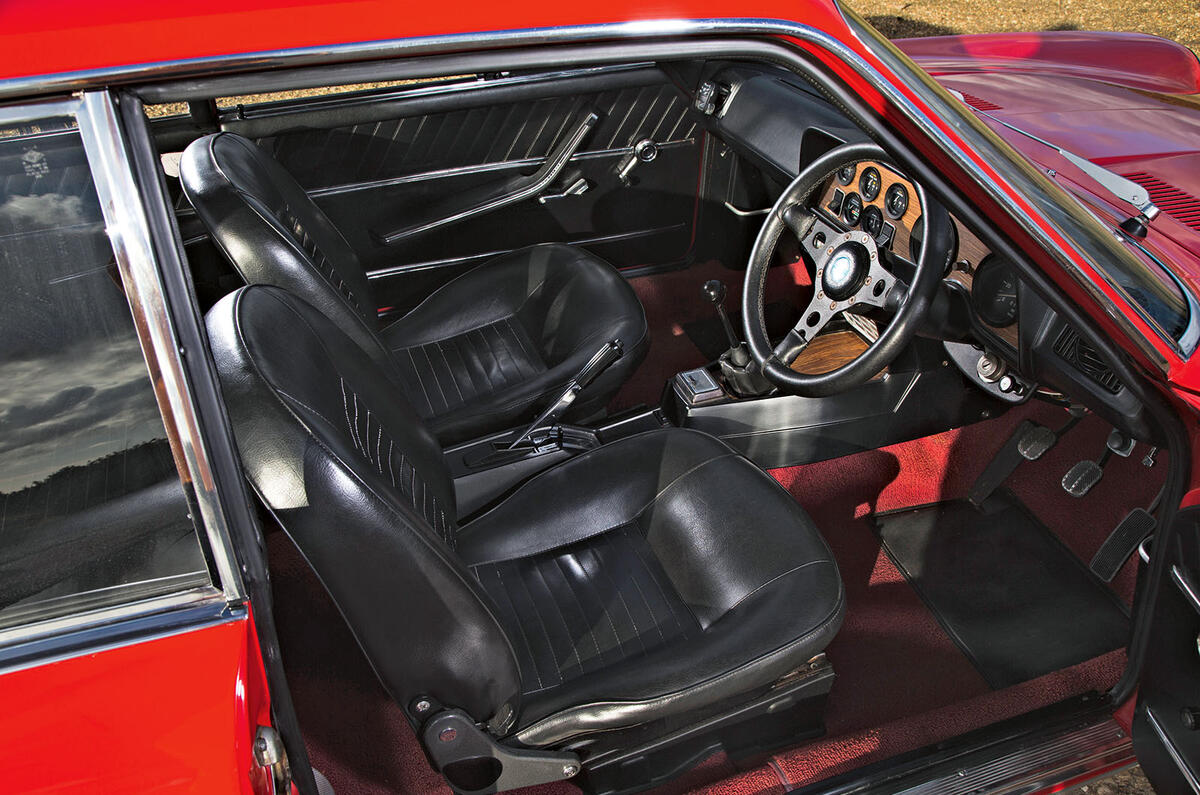
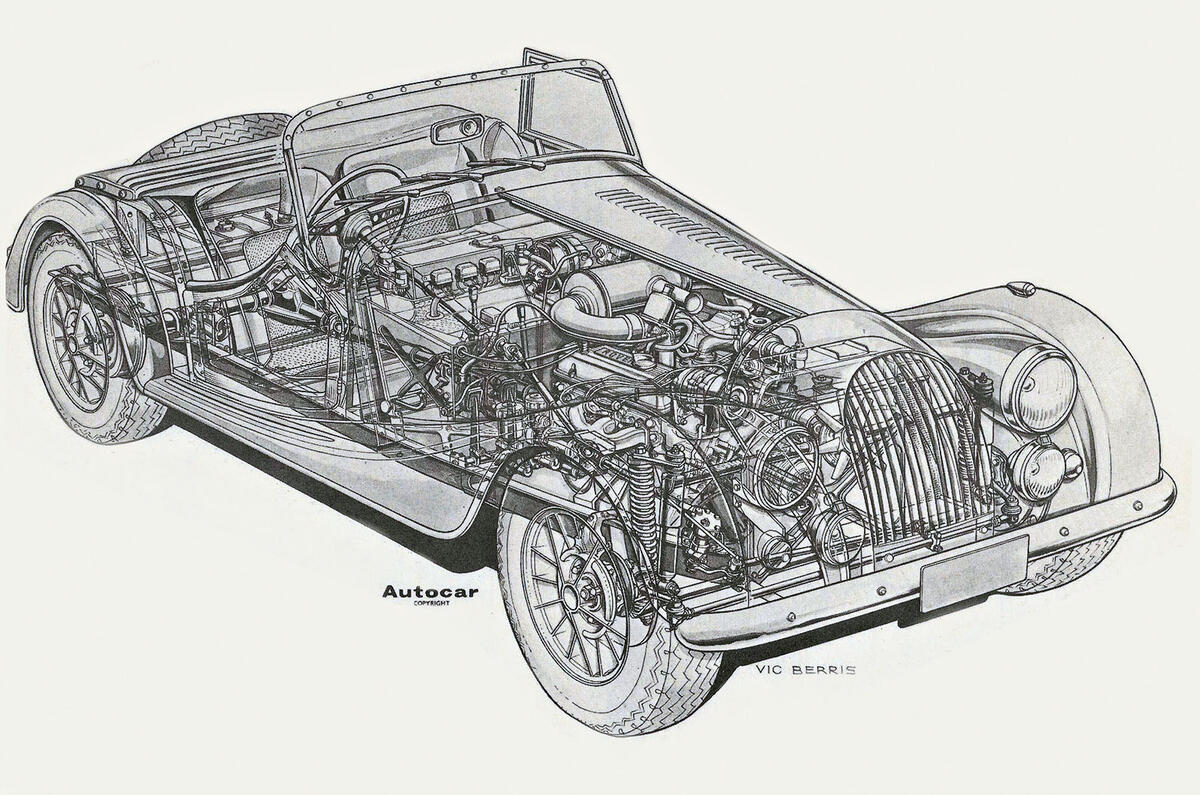
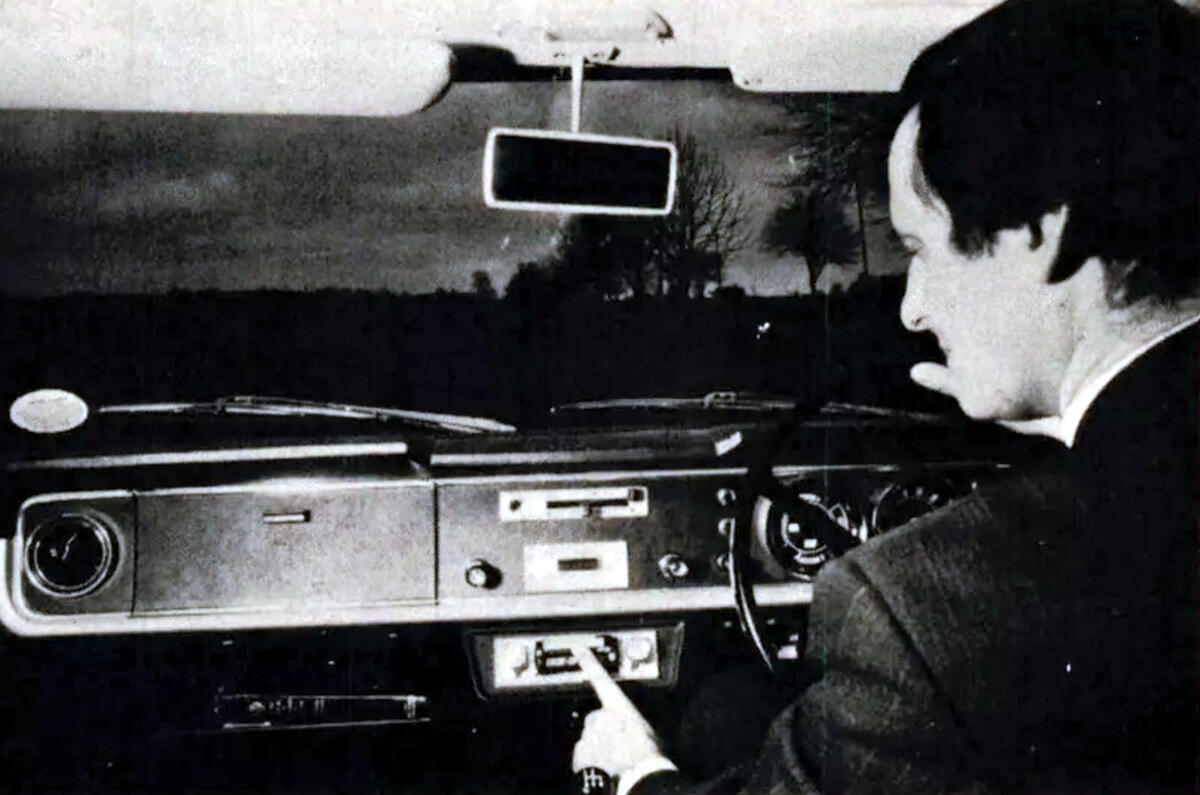
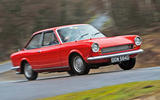
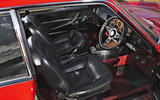
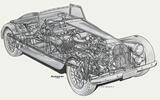
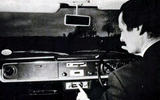


Add your comment